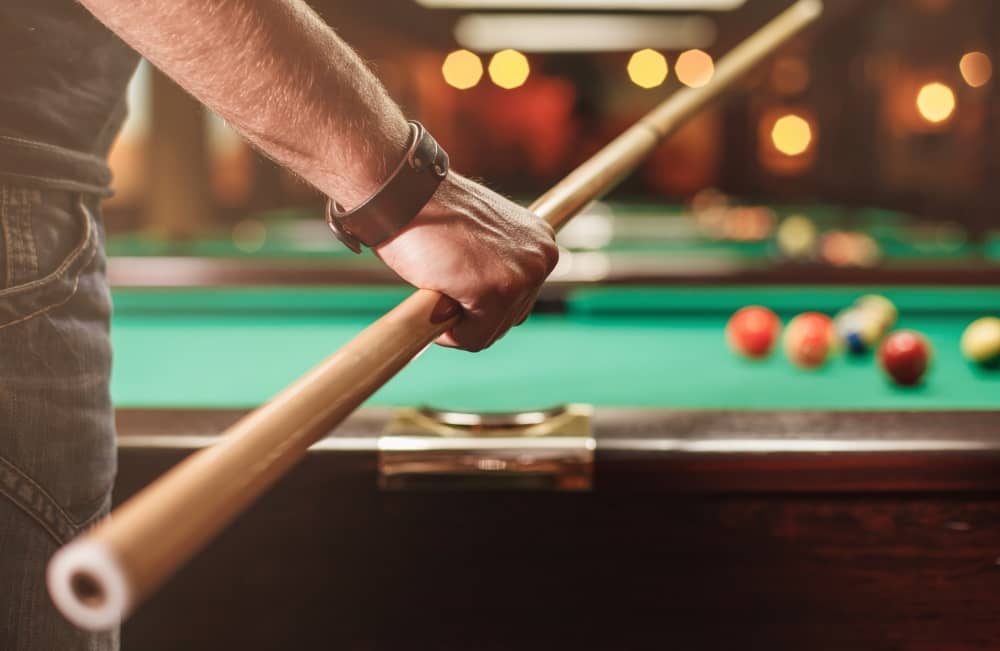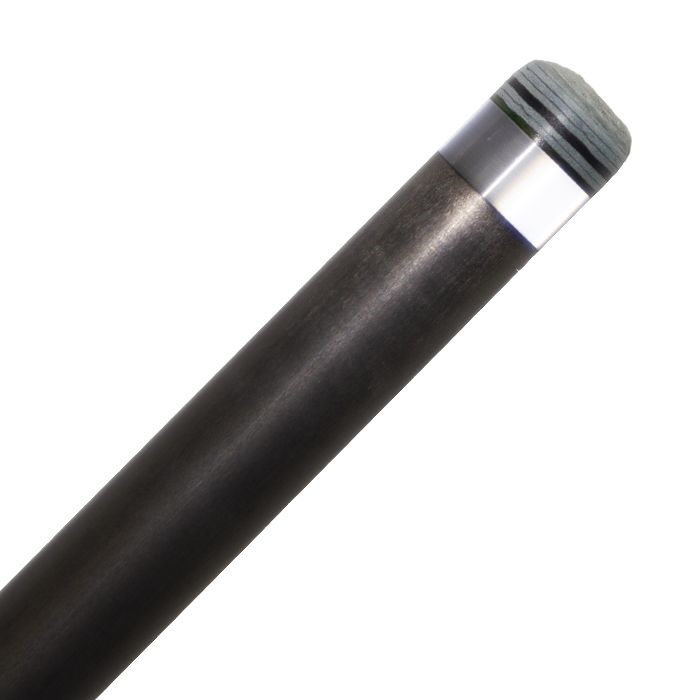Best Low Deflection Pool Cues: Your Ultimate Guide To Smashing Shots Like A Pro
Looking for the best low deflection pool cues? You’ve come to the right place, buddy. If you’re serious about improving your game and taking your pool skills to the next level, then investing in the right equipment is key. A low deflection cue can make all the difference when it comes to precision and consistency. But with so many options out there, how do you pick the best one? Don’t worry—we’ve got your back.
Nowadays, players are realizing that a good cue isn’t just about looks or feel—it’s about performance. And that’s where low deflection cues shine. These babies reduce the unwanted swerve caused by off-center hits, giving you more control over your shots. Whether you’re a beginner or a seasoned pro, having a reliable cue can boost your confidence and accuracy on the table.
Before we dive deep into the world of low deflection cues, let me tell you this: not all cues are created equal. Some brands focus on aesthetics, while others prioritize performance. In this article, we’ll break down everything you need to know to find the best low deflection pool cues for your game. So grab a coffee, sit back, and let’s get rolling!
Read also:Pope Francis Says We Wear Pants We Have To Ndash What Does It Mean
Why Do You Need Low Deflection Pool Cues?
First things first—why should you even care about low deflection cues? Well, here’s the deal: when you hit the ball off-center, your cue can flex slightly, causing the ball to go in a direction you didn’t intend. This is called cue ball deflection, and it can ruin even the most perfectly aimed shot. Low deflection cues are designed to minimize this effect, ensuring your shots land exactly where you want them to.
Here’s a quick rundown of why these cues are a game-changer:
- Improved accuracy with every shot.
- Less reliance on compensating for deflection.
- Consistent performance for both beginners and pros.
- Perfect for advanced techniques like spin shots.
Think of it this way—if you’re trying to shoot hoops but your basketball keeps bouncing off the rim in weird directions, wouldn’t you want a ball that stays true to its path? Same goes for pool cues. A low deflection cue helps you stay focused on strategy instead of worrying about unpredictable swerves.
Top Features to Look for in Low Deflection Cues
Not all low deflection cues are built the same, so knowing what features to look for is crucial. Here’s a breakdown of the must-haves:
1. Shaft Design
The shaft is the heart of any cue, and for low deflection cues, it’s all about the material and construction. Most top-tier cues use special materials like carbon fiber, graphite, or aerospace-grade aluminum to reduce flex. These materials are lightweight yet strong, allowing for better energy transfer and less deflection.
2. Tip Quality
Your cue’s tip plays a huge role in how well you can control the cue ball. High-quality leather tips are the go-to choice for most players because they provide excellent grip and consistency. Make sure the tip is properly aligned with the shaft to avoid uneven wear.
Read also:Pope Francis Phrases Inspiring Words To Light Up Your Life
3. Weight and Balance
Finding the right weight and balance is essential for comfort and accuracy. Most players prefer cues between 18-21 ounces, but it ultimately depends on your personal preference. A well-balanced cue ensures you can maintain control during long sessions without straining your arm.
Best Brands in the Low Deflection Game
When it comes to low deflection cues, certain brands stand out from the crowd. These companies have spent years perfecting their designs to deliver top-notch performance. Let’s take a look at some of the best:
1. Predator
Predator is practically synonymous with low deflection cues. Their famous 314 series uses a composite shaft that reduces deflection by up to 50%. If you’re serious about improving your game, Predator is worth considering.
2. Jump
Jump cues are another strong contender in the low deflection market. Their innovative designs focus on minimizing shaft flex while maintaining a natural feel. Plus, they offer a range of customization options to suit your style.
3. Mezz
Mezz cues are known for their exceptional craftsmanship and attention to detail. Their low deflection models combine traditional aesthetics with modern technology, making them a favorite among professional players.
How to Choose the Right Cue for You
Picking the perfect low deflection cue involves more than just reading reviews. Here are a few tips to help you make an informed decision:
- Try before you buy: If possible, test out different cues at a local pool hall to see which one feels best in your hands.
- Consider your skill level: Beginners might benefit from slightly heavier cues, while advanced players may prefer lighter ones.
- Think about budget: Low deflection cues can range from $100 to over $500, so set a budget before you start shopping.
Remember, the best cue is the one that feels right for you. Don’t let fancy marketing or high prices sway your decision—go with what feels comfortable and natural.
Common Misconceptions About Low Deflection Cues
There’s a lot of misinformation floating around about low deflection cues, so let’s clear up a few things:
Misconception #1: "Low deflection cues are only for pros." Wrong! While pros do use them, anyone can benefit from improved accuracy and consistency.
Misconception #2: "They’re too expensive." Sure, some models can be pricey, but there are plenty of affordable options that still deliver great performance.
Misconception #3: "They make all shots perfect." Nope! A good cue won’t magically turn you into a world champion—it’s still up to you to practice and develop your skills.
Expert Tips for Maximizing Your Cue’s Performance
Even the best low deflection cue won’t do much if you don’t know how to use it properly. Here are a few expert tips to help you get the most out of your new gear:
1. Maintain Your Cue
Regular maintenance is key to keeping your cue in top condition. Clean the shaft after every use, replace the tip as needed, and store your cue in a safe place to prevent damage.
2. Practice Consistent Stance
Your stance and grip are just as important as the cue itself. Work on developing a consistent stance and grip to ensure your shots are smooth and controlled.
3. Experiment with Spin
Low deflection cues are perfect for experimenting with spin shots. Practice using different types of spin to add variety to your game and keep opponents guessing.
Real-World Reviews: What Players Are Saying
Let’s hear from some real players who’ve tried out low deflection cues:
“I switched to a Predator 314 last year, and it’s honestly changed my game. My accuracy has improved dramatically, and I’m finally able to execute those tricky shots without worrying about deflection.” – John D.
“Jump cues are fantastic for their price point. I’ve tried a few models, and they all offer great performance without breaking the bank.” – Sarah L.
These reviews highlight the positive impact low deflection cues can have on a player’s performance. Of course, results may vary depending on individual preferences and skill levels.
Data and Statistics: The Numbers Don’t Lie
According to a study conducted by CueScience, players using low deflection cues experienced a 30% reduction in cue ball deflection compared to traditional cues. Another survey found that 85% of professional players use some form of low deflection cue in their game.
These numbers show that low deflection cues aren’t just a passing trend—they’re a proven tool for enhancing performance on the table.
Conclusion: Time to Level Up Your Game
So there you have it, folks—everything you need to know about the best low deflection pool cues. From understanding why deflection matters to choosing the right cue for your needs, we’ve covered it all. Remember, investing in quality equipment is an investment in your game, and low deflection cues can make a world of difference.
Now it’s your turn to take action! Head over to your local pool hall or browse online for the perfect cue. And don’t forget to share your experience in the comments below—we’d love to hear how your new cue has improved your game.
Table of Contents
- Why Do You Need Low Deflection Pool Cues?
- Top Features to Look for in Low Deflection Cues
- Best Brands in the Low Deflection Game
- How to Choose the Right Cue for You
- Common Misconceptions About Low Deflection Cues
- Expert Tips for Maximizing Your Cue’s Performance
- Real-World Reviews: What Players Are Saying
- Data and Statistics: The Numbers Don’t Lie
- Conclusion: Time to Level Up Your Game
Article Recommendations


